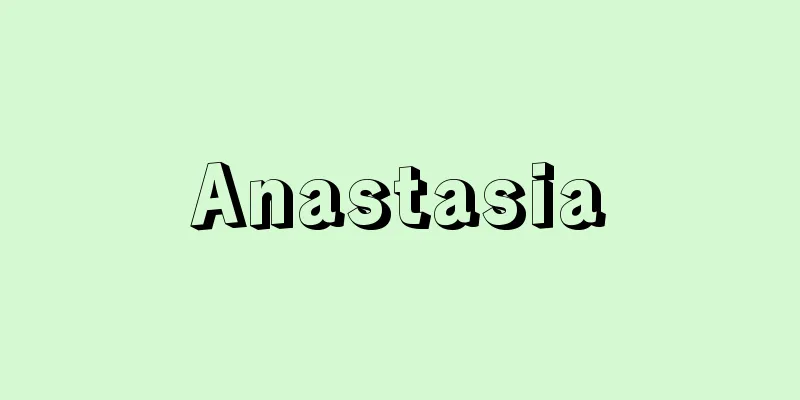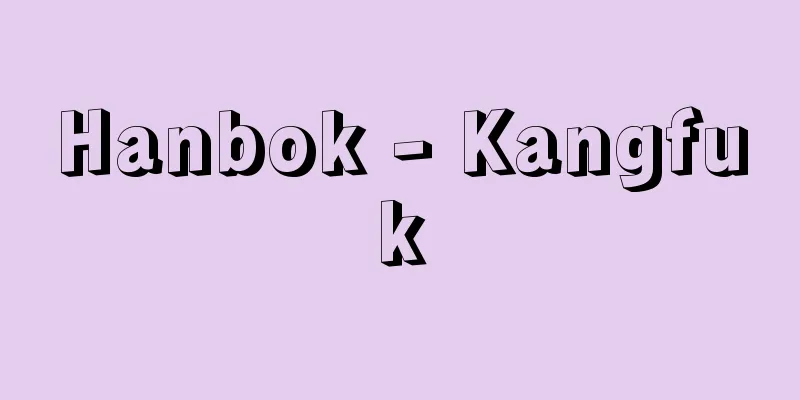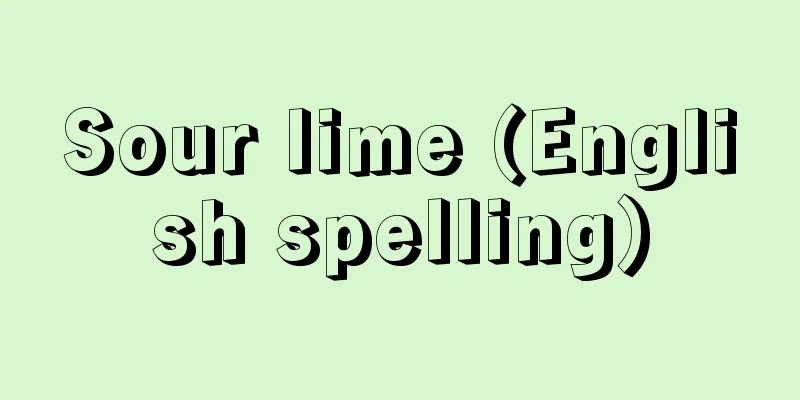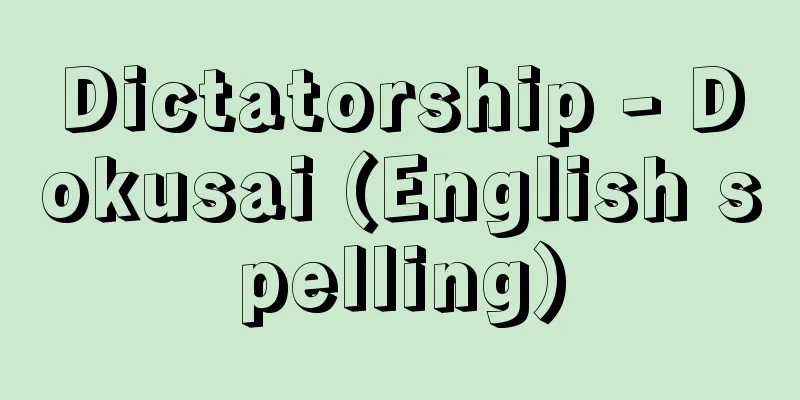Song picture - Utae

|
A painting of the contents of a waka poem, with waka poems added to it. It displayed the aesthetic indulgence of the Heian aristocrats, and, like ashide, had a playful side to it, and was written on booklets or folding fans. The Tale of Genji (Umegae) says, "Draw ashide and uta-e as you please," and there has been debate as to whether "ashide uta-e" should be considered a single word, but there are no other examples of it being used consecutively with "ashide uta-e." The commentary on "The Tale of Genji," Mingo Nisso, states that "ashide uta-e" is a single word, but goes on to cite other theories in the notes, saying, "ashide means drawing reeds and other things on a sketch and then adding text. Uta-e means drawing arrows on the picture, wa means drawing loops, and ni means drawing loads on the picture," explaining the distinction between ashide and uta-e. Later, the meaning of uta-e was generally accepted as being "uta-e" in Kamo no Mabuchi's "New Interpretation of the Tale of Genji," but there are many other theories and no consensus exists. Ashite is mentioned as a style of calligraphy in works such as "Utsubo Monogatari," but as for uta-e, it is described in "Eiga Monogatari" (volume 6, "Shining Wisteria Pot") as furnishings for Princess Shoshi when she entered the Imperial Court, "In a booklet with uta-e written by Hirotaka, poems by Yukinari were written," which shows that poems and pictures were written separately and that it is a different type of uta-e from uta-e, which combines text and pictures to hide words in waterside landscapes, etc. In other words, uta-e is presumably a style that accompanies illustrations to waka poems. [Minoru Furuya] Source: Shogakukan Encyclopedia Nipponica About Encyclopedia Nipponica Information | Legend |
|
和歌の内容を絵画化し、これに和歌を書き加えたもの。平安朝貴族の耽美(たんび)性を発揮したもので、葦手(あしで)とともに遊戯的な一面を有し、冊子や扇面などに書かれた。『源氏物語』(「梅枝(うめがえ)」)には、「葦手・歌絵などを、思ひ思ひに書け」とあり、「葦手歌絵」を一語とみるかどうか問題にされてきたが、「葦手歌絵」と連続して用いる例はこれ以外にみえない。『源氏物語』の注釈書『岷江入楚(みんごうにっそ)』には、「あしで歌絵は、絵の中を文字に作りたるものなり」と、「葦手歌絵」を一語とみるが、さらに注に他説を引き、「あしでとは葦などを下絵に書(かき)、文字をかきそへたるなり。歌絵とは、やと云(い)へば、矢を画(え)にかき、わといへば、輪をかき、にといふに荷を画にかく也(なり)」と、葦手と歌絵を区別して説明する。のちに、歌絵の意味は、賀茂真淵(かもまぶち)の『源氏物語新釈』に、「歌絵といふは歌の意を常の絵に書きて歌をも常ざまに書き加ふるを云ふ」とする見方が通説とされたが、ほかにも諸説があって定説をみない。 葦手は、書体の一つとして『うつほ物語』などにその名を掲げるが、一方の歌絵は、『栄花物語』(巻第6・「かがやく藤壺(ふじつぼ)」)に、彰子入内(しょうしじゅだい)の調度品として、「弘高(ひろたか)が歌絵かきたる冊子に、行成(ゆきなり)の君の歌書きたるなど」とあり、歌と絵が別々に書かれたようすを知るとともに、文字と絵を組み合わせて水辺の景観などに字隠しをした葦手とは別種のものと判明する。つまり、和歌に挿絵を添えたものが歌絵であると推定される。 [古谷 稔] 出典 小学館 日本大百科全書(ニッポニカ)日本大百科全書(ニッポニカ)について 情報 | 凡例 |
>>: Utairiku Kannonkyo - Utairiku Kannonkyo
Recommend
Ormuzd
...Of course, the art of the early Sassanid Empir...
Hario Island
An island located at the northern exit of Omura B...
Minahasa people - Minahasa tribe (English spelling)
A Proto-Malay ethnic group living on the Minahasa ...
Ionized hydrogen region
Also known as an HII region. One of the regions th...
Unosuke Kawamoto
1888-1960 An educator from the Taisho to Showa pe...
Iproniazid - Iproniazid
…Monoamine oxidase inhibitors inhibit the breakdo...
aphonia
…The classification of these auditory phenomena a...
National Union of Teachers
…Teaching unions were formed in European countrie...
Iranian Azerbaijan - Iranian Azerbaijan
…The average monthly temperature in Baku is 28°C ...
Instantaneous coal and gas outburst
A phenomenon in which powdered coal suddenly erup...
The Ten Evils
〘Noun〙① In the pre-Taika period, ten types of crim...
River Management Facility Structure Ordinance
...Specific contents include the designation of r...
Candlefish
...In cold regions such as North America, resin f...
Oyagumaki - Oyagumaki
...In Japan, these two types of kinship organizat...
Dépéret, C. (English spelling)
…This phenomenon was originally recognized in the...



![Ten Kings [Town] - Juou](/upload/images/67cbd1556724e.webp)





